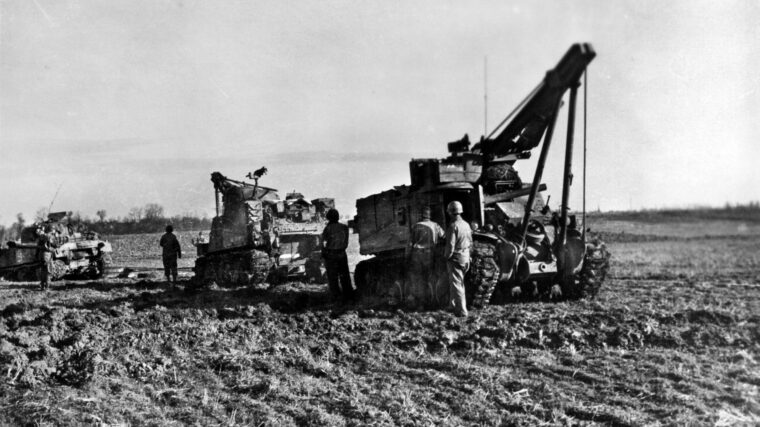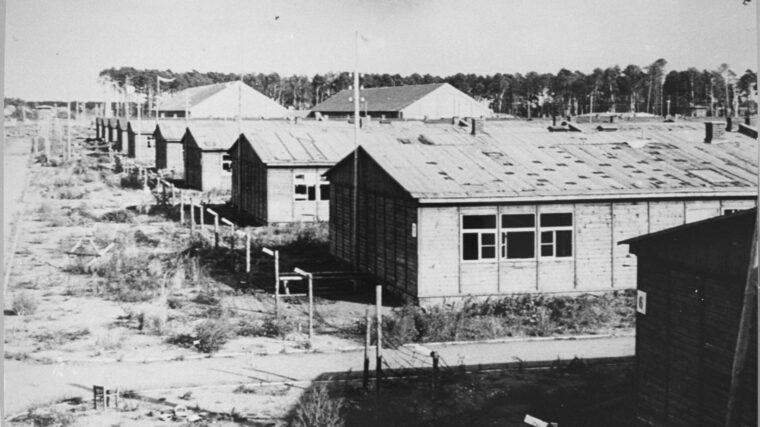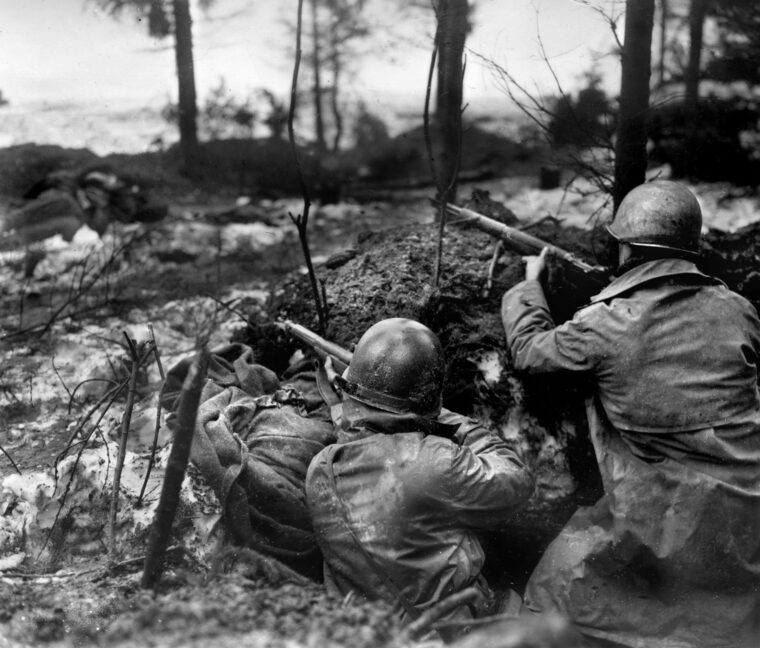
European Theater
War Through an Artist’s Eyes
By Howard BrodieNewspaper artist Howard Brodie enlisted in the U.S. Army in 1942, soon joining the combat artist program. He was sent by Yank magazine to capture his impressions of the war with a pencil during the Guadalcanal campaign and then the fighting in Europe. Read more























